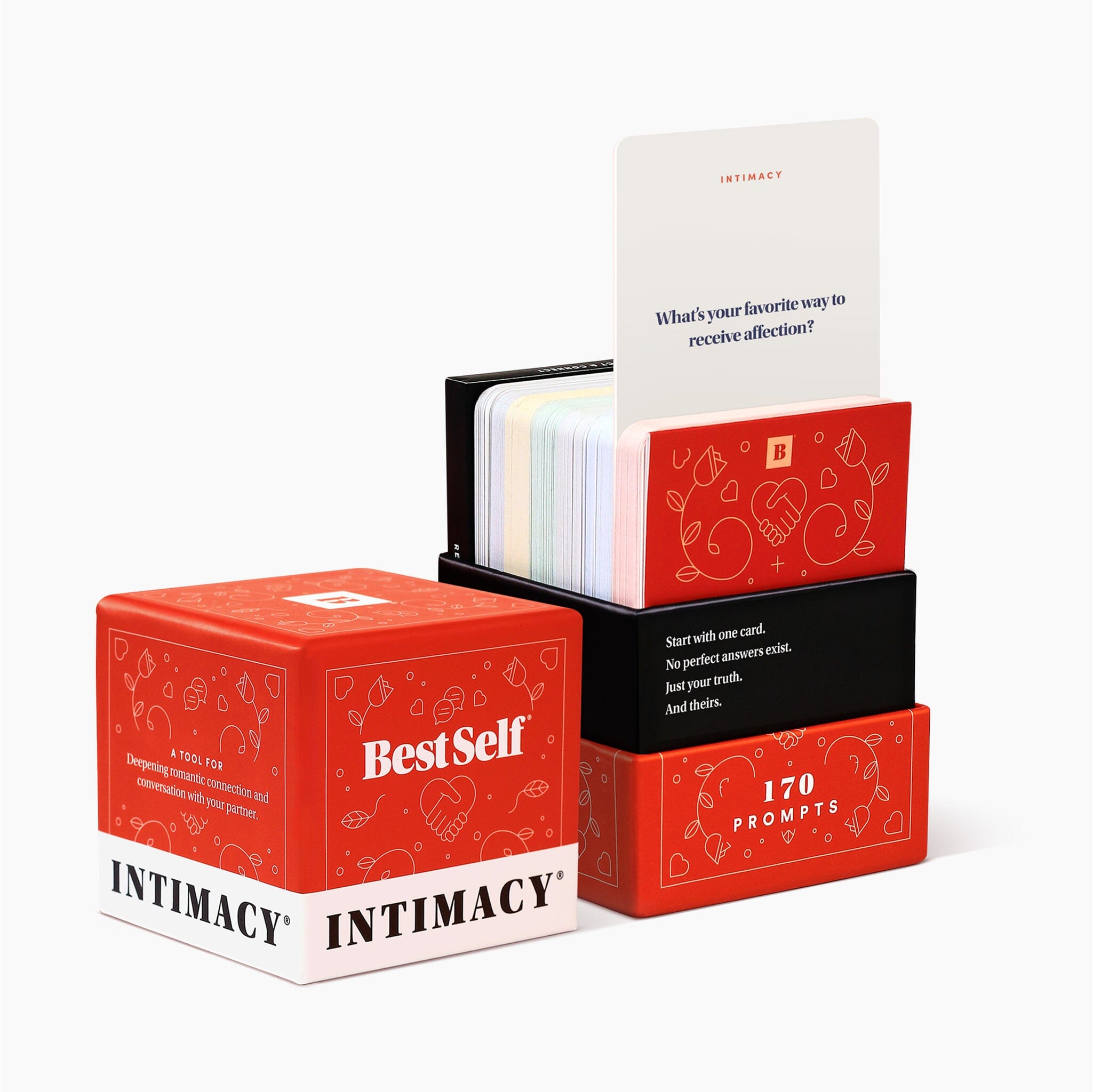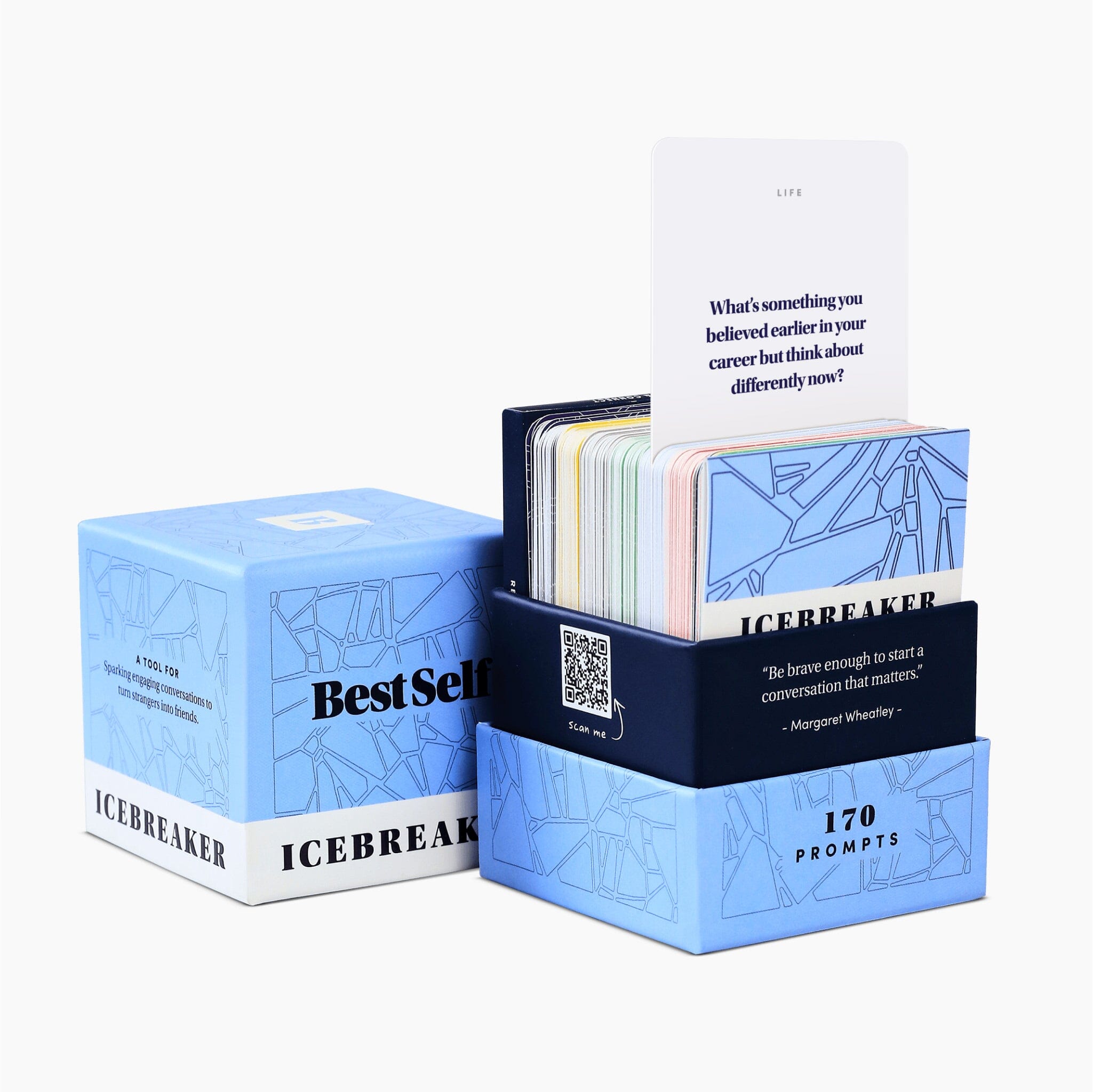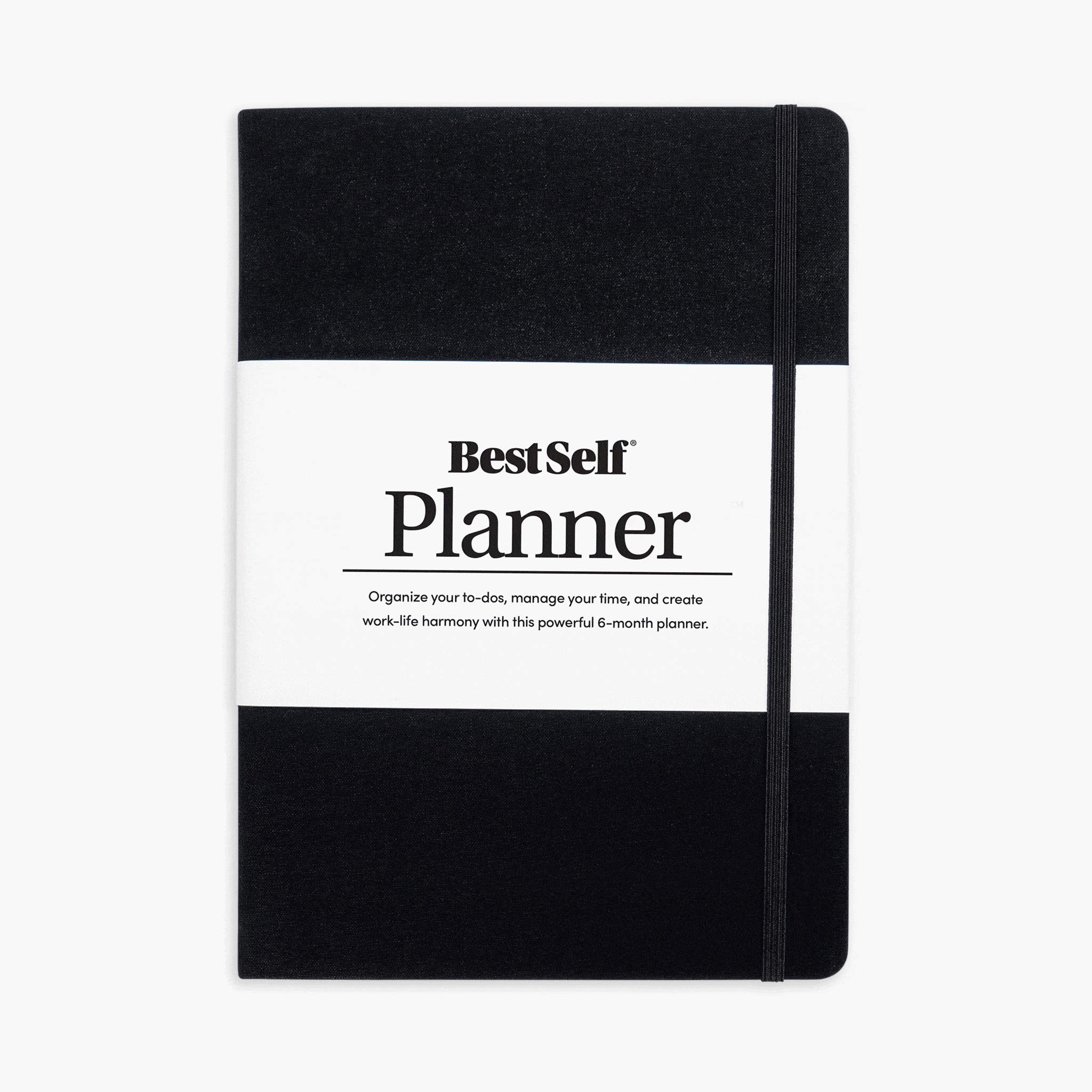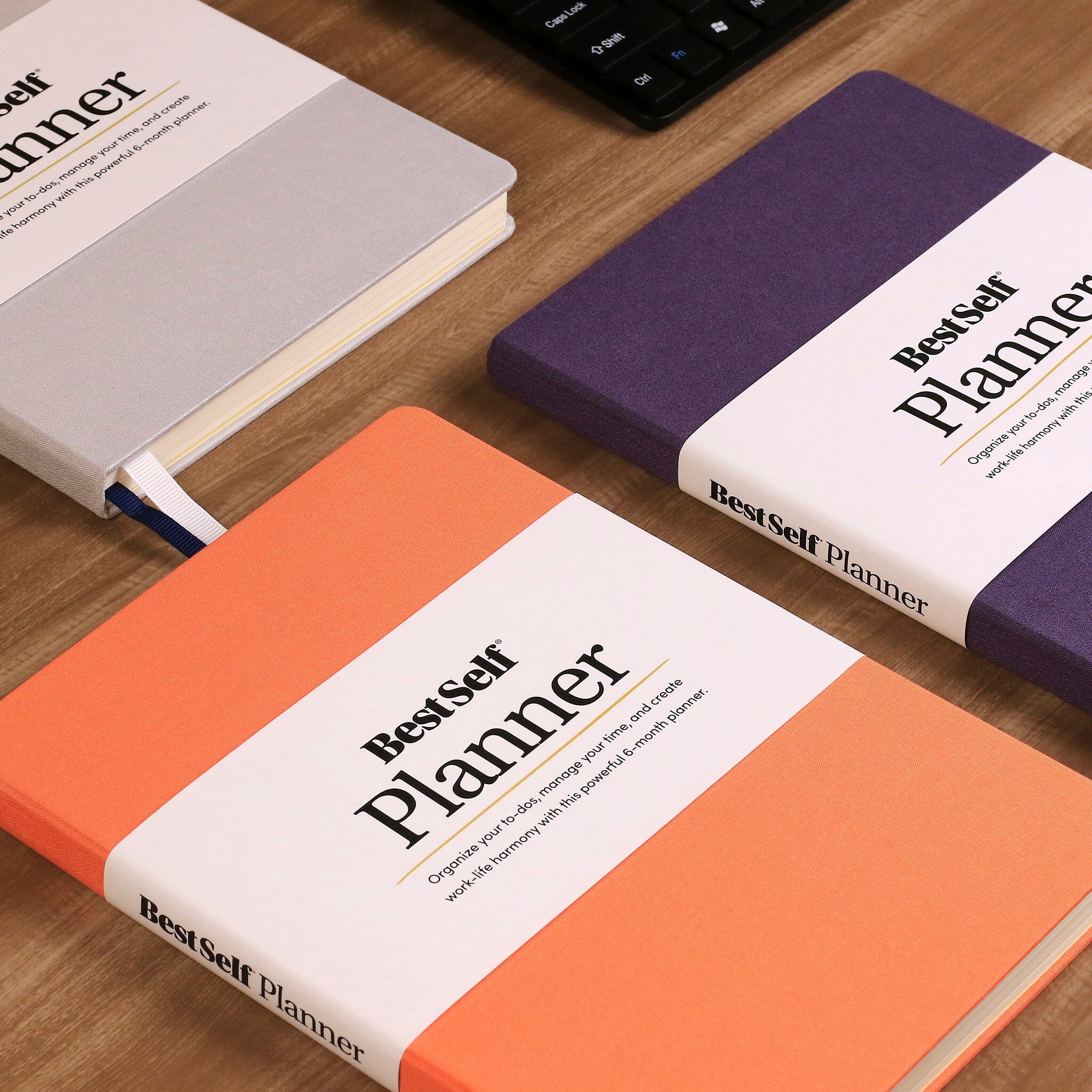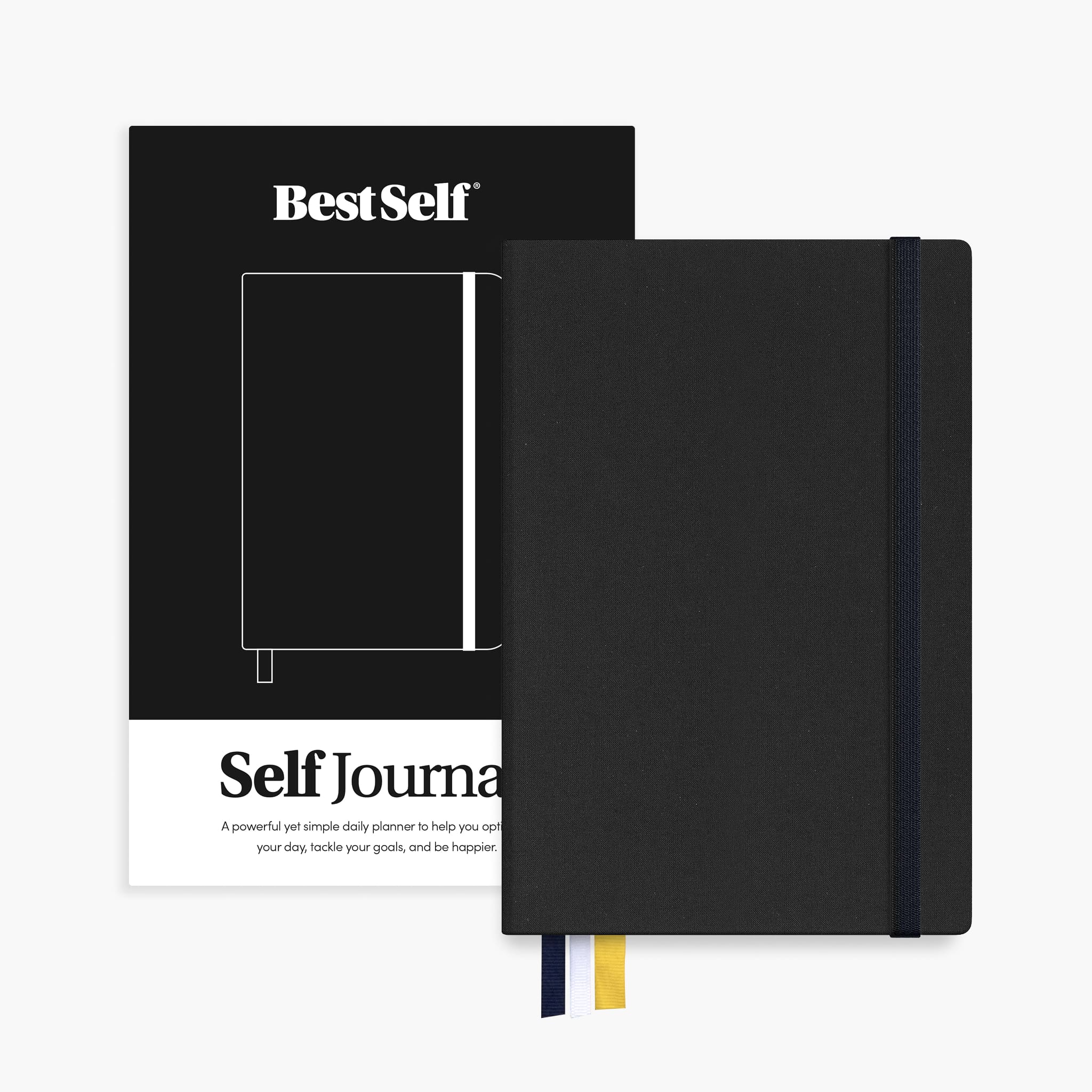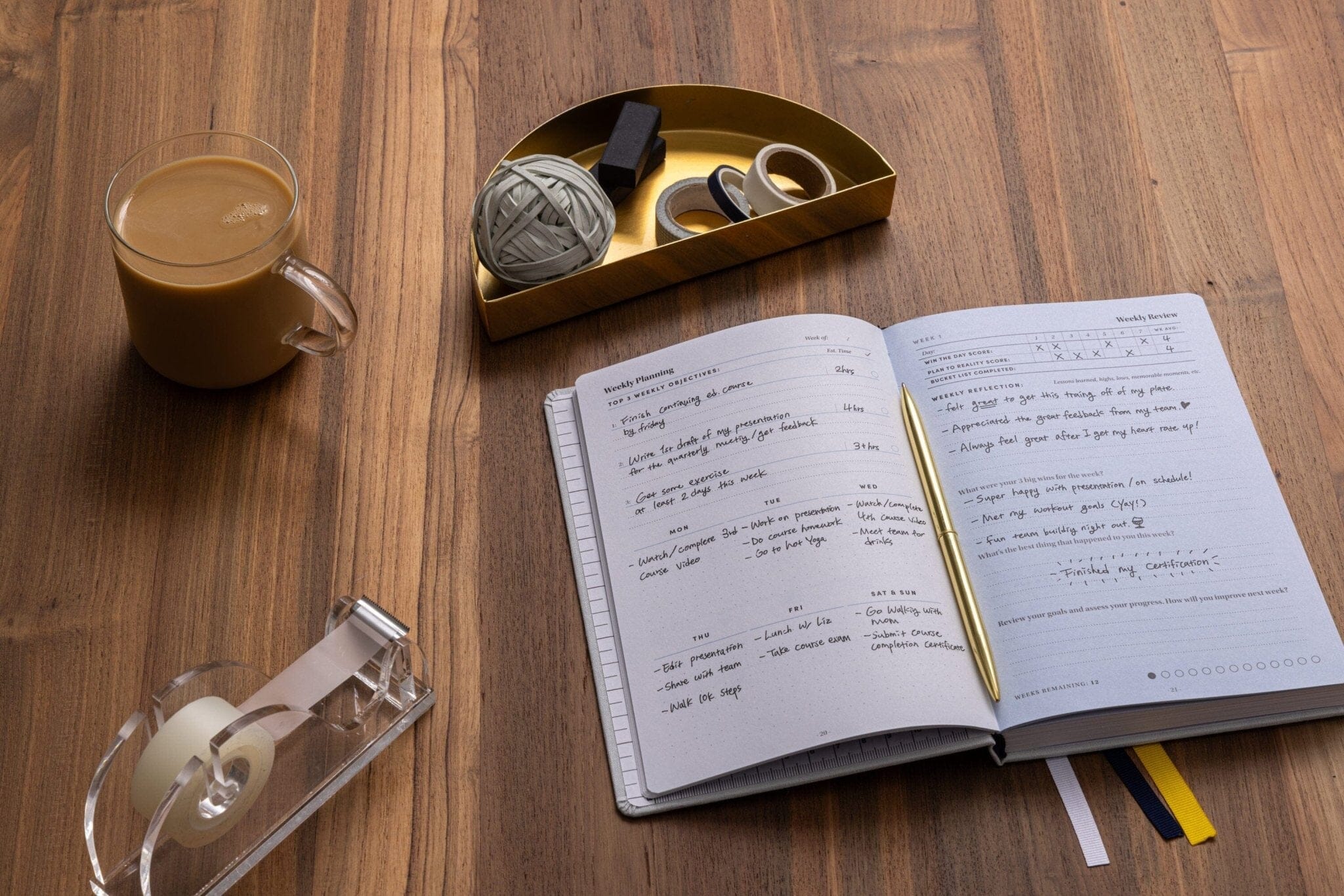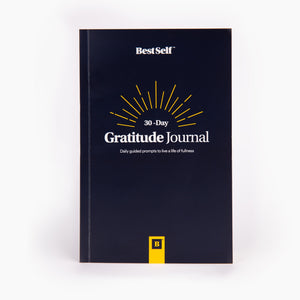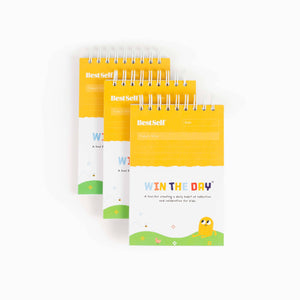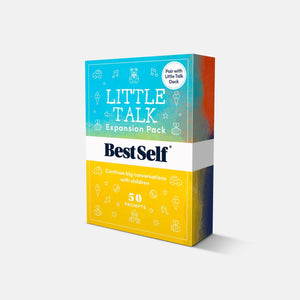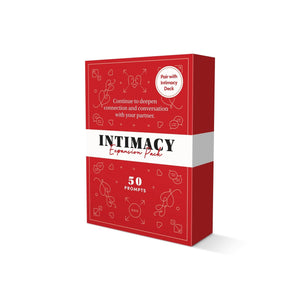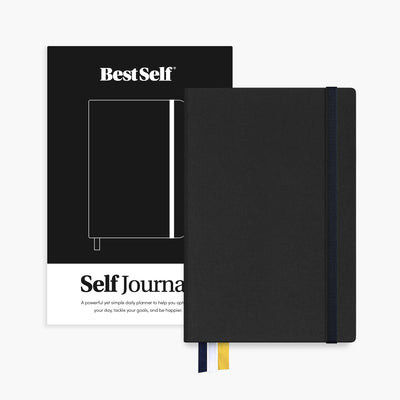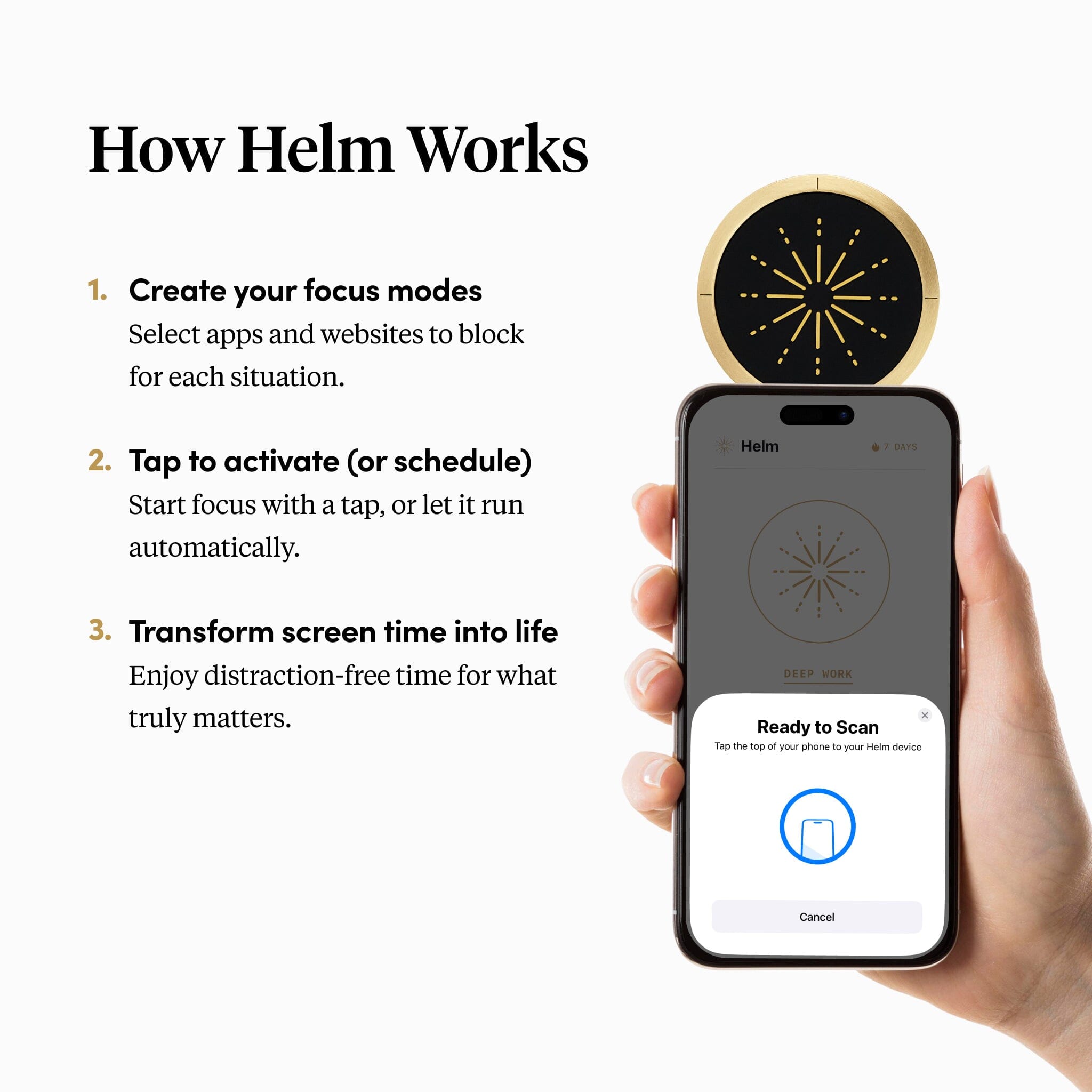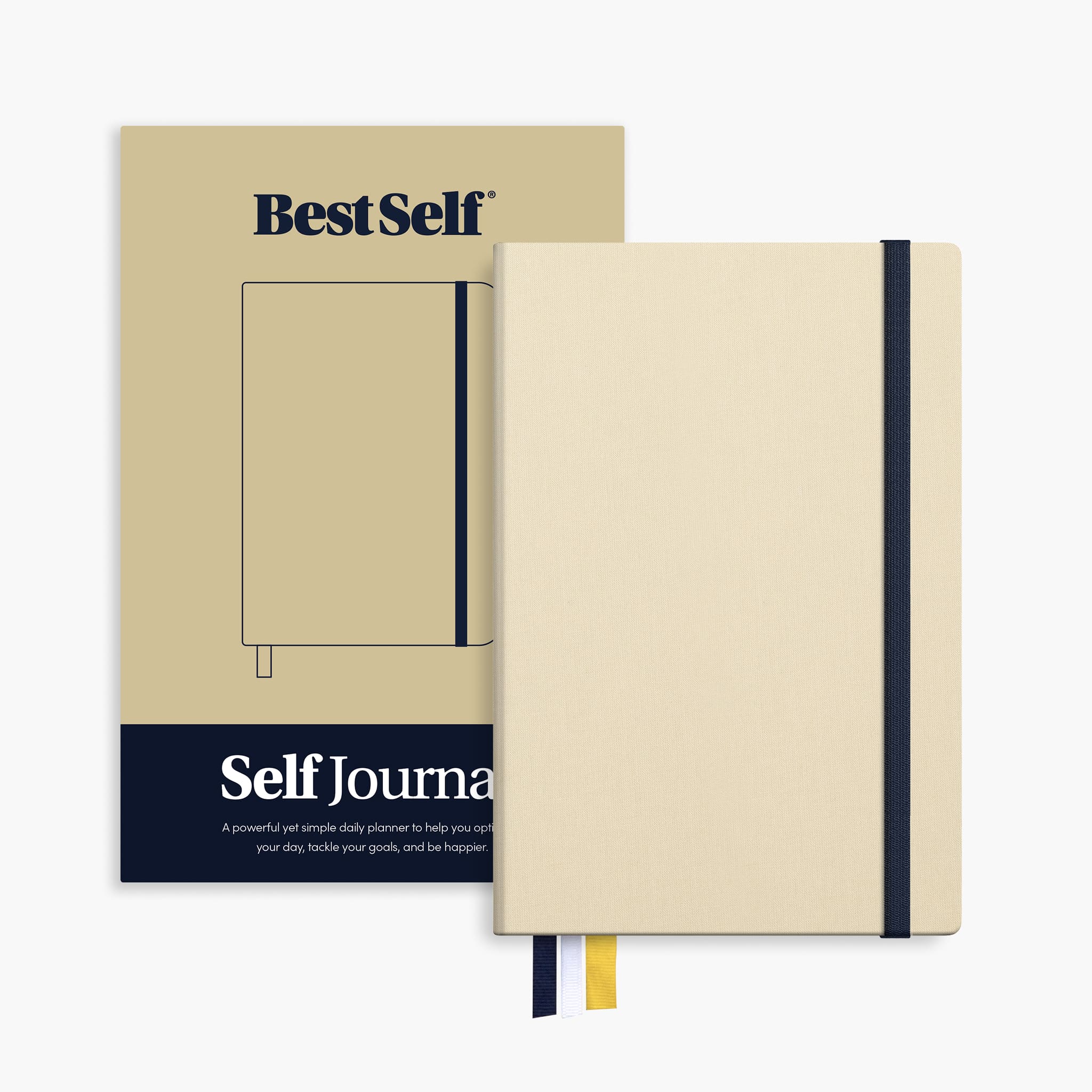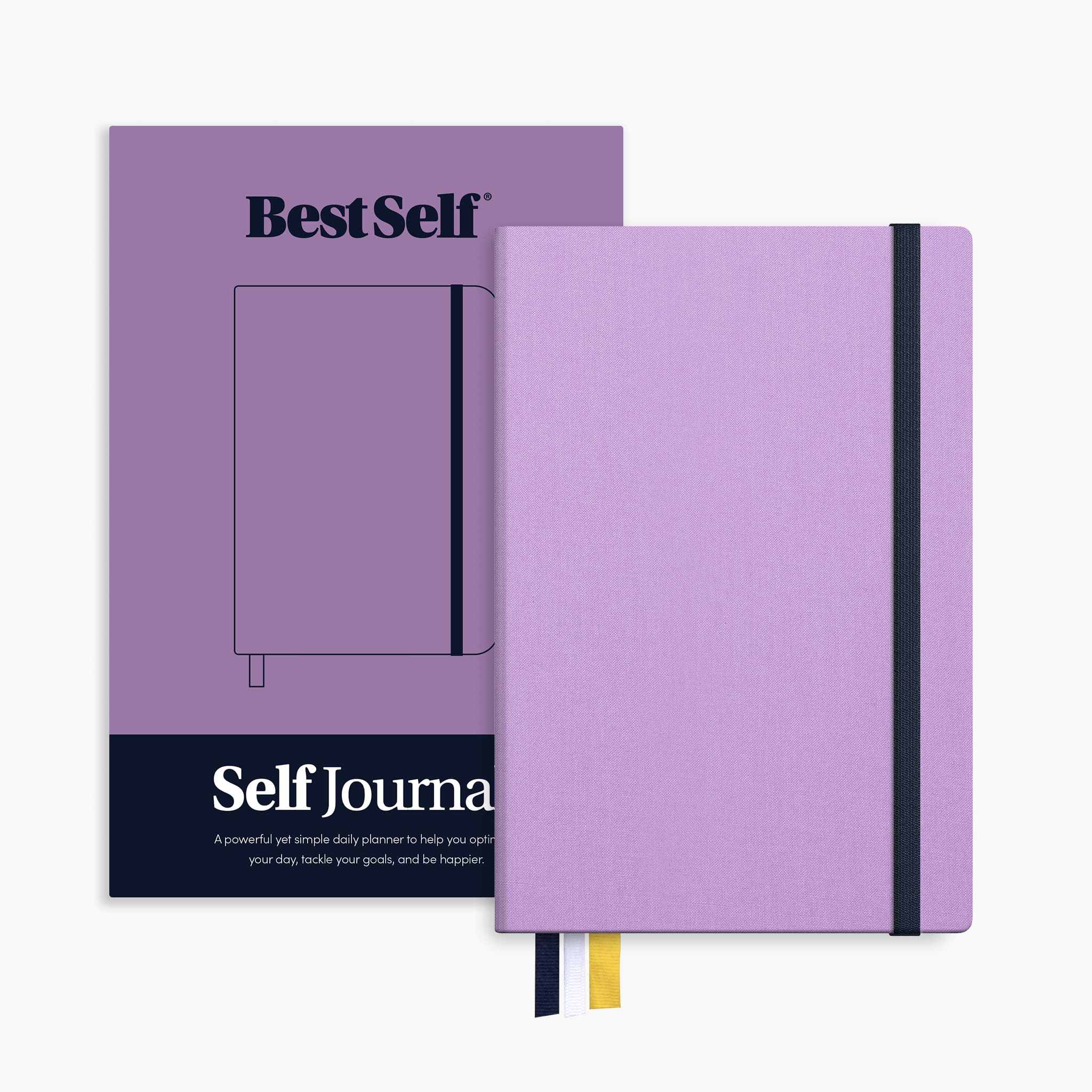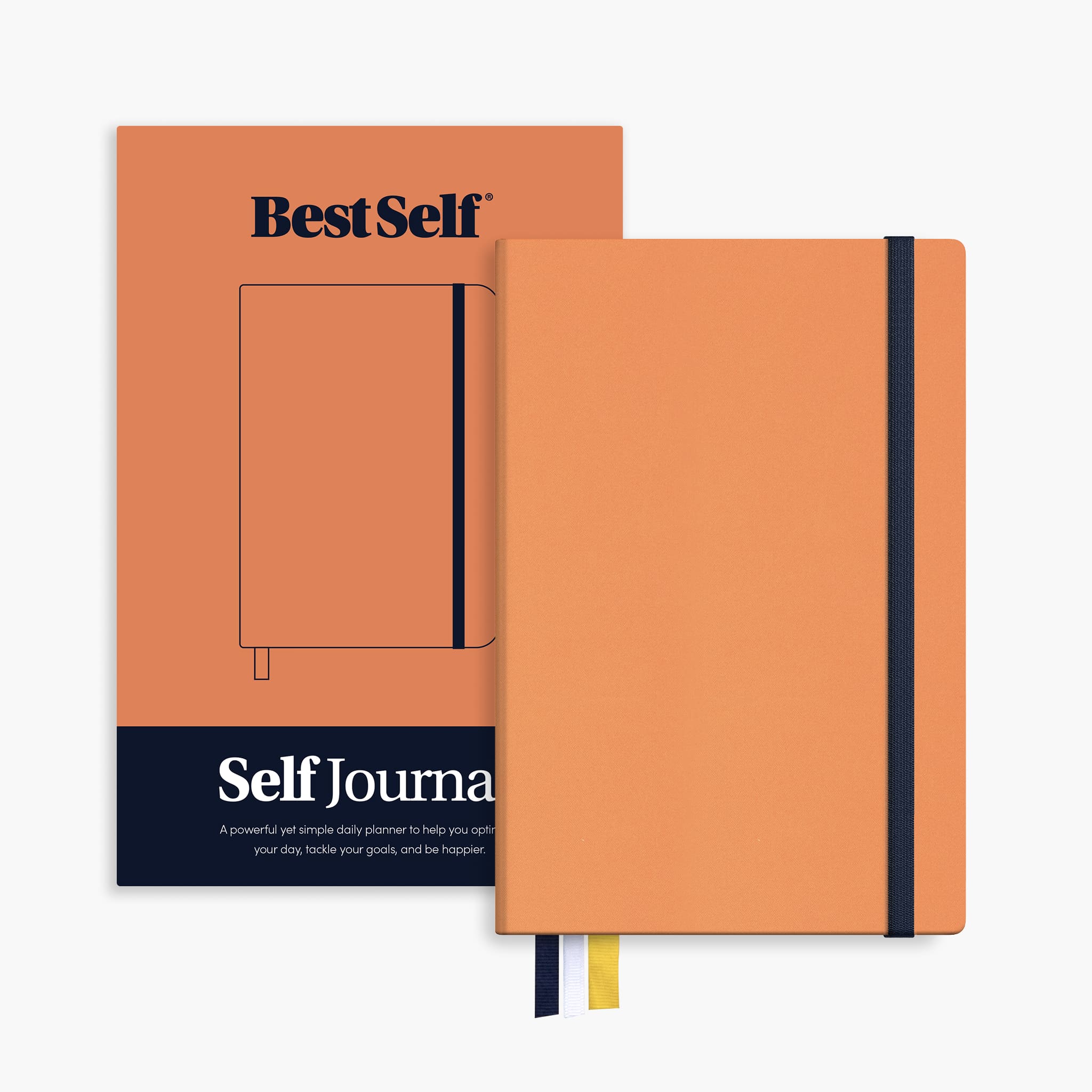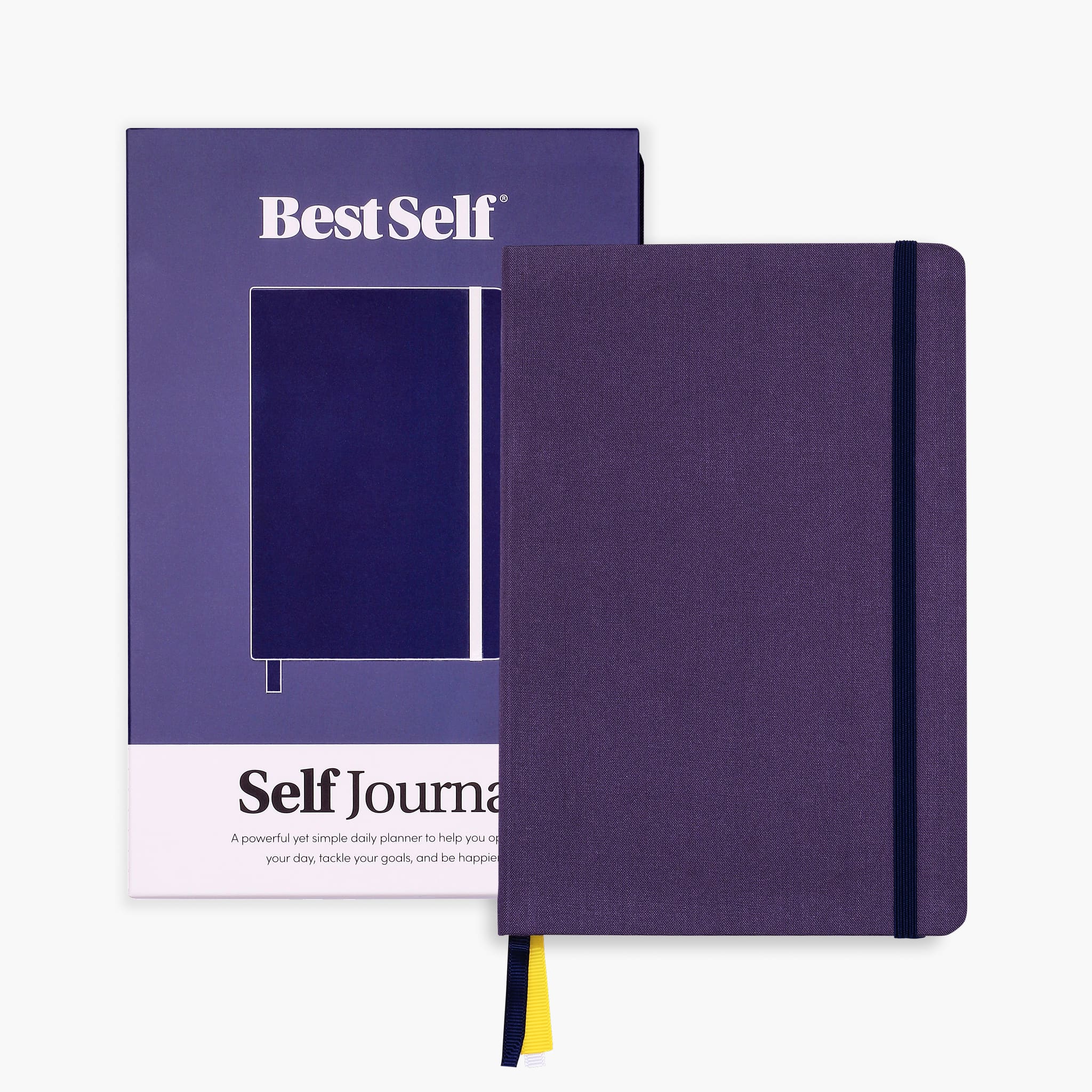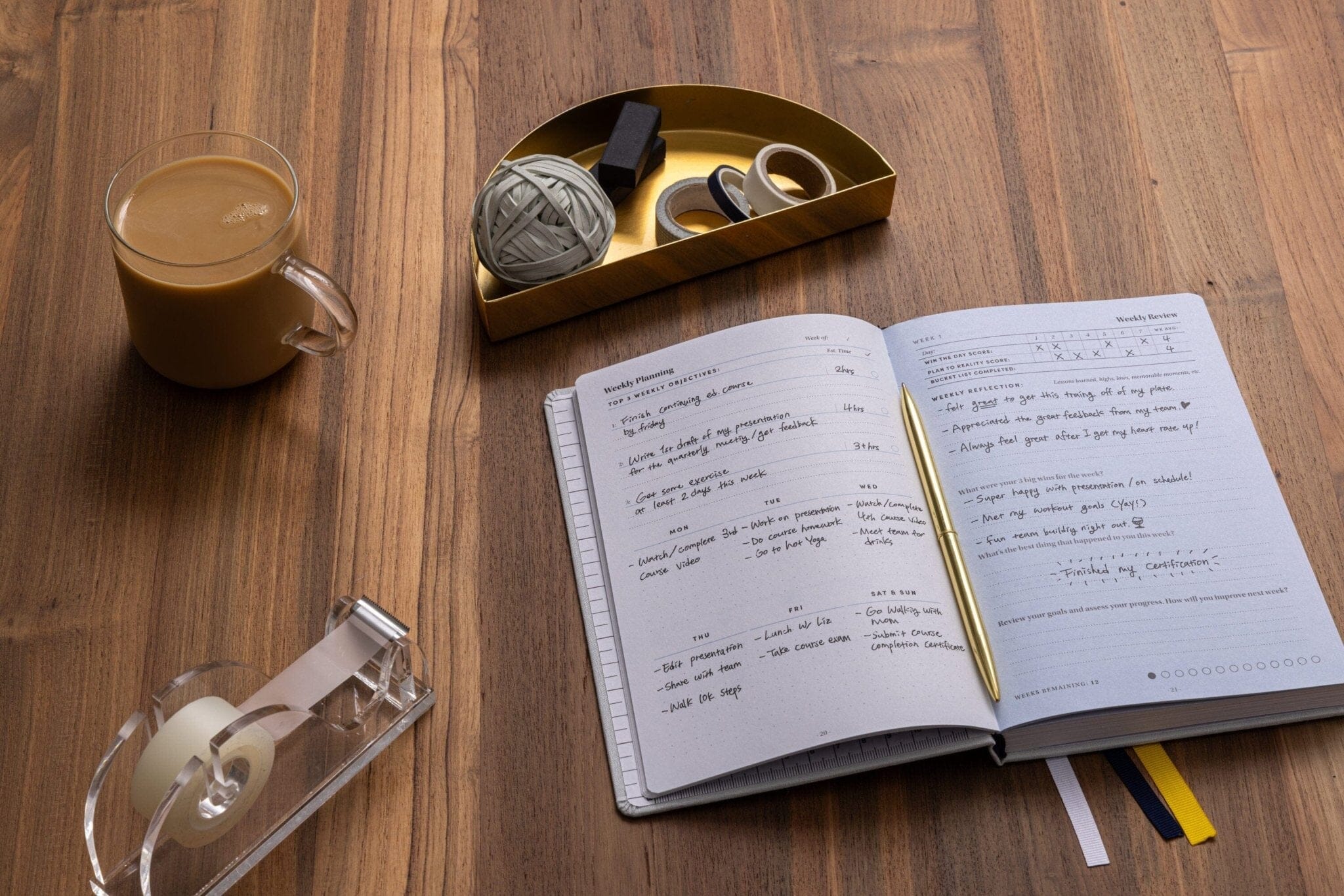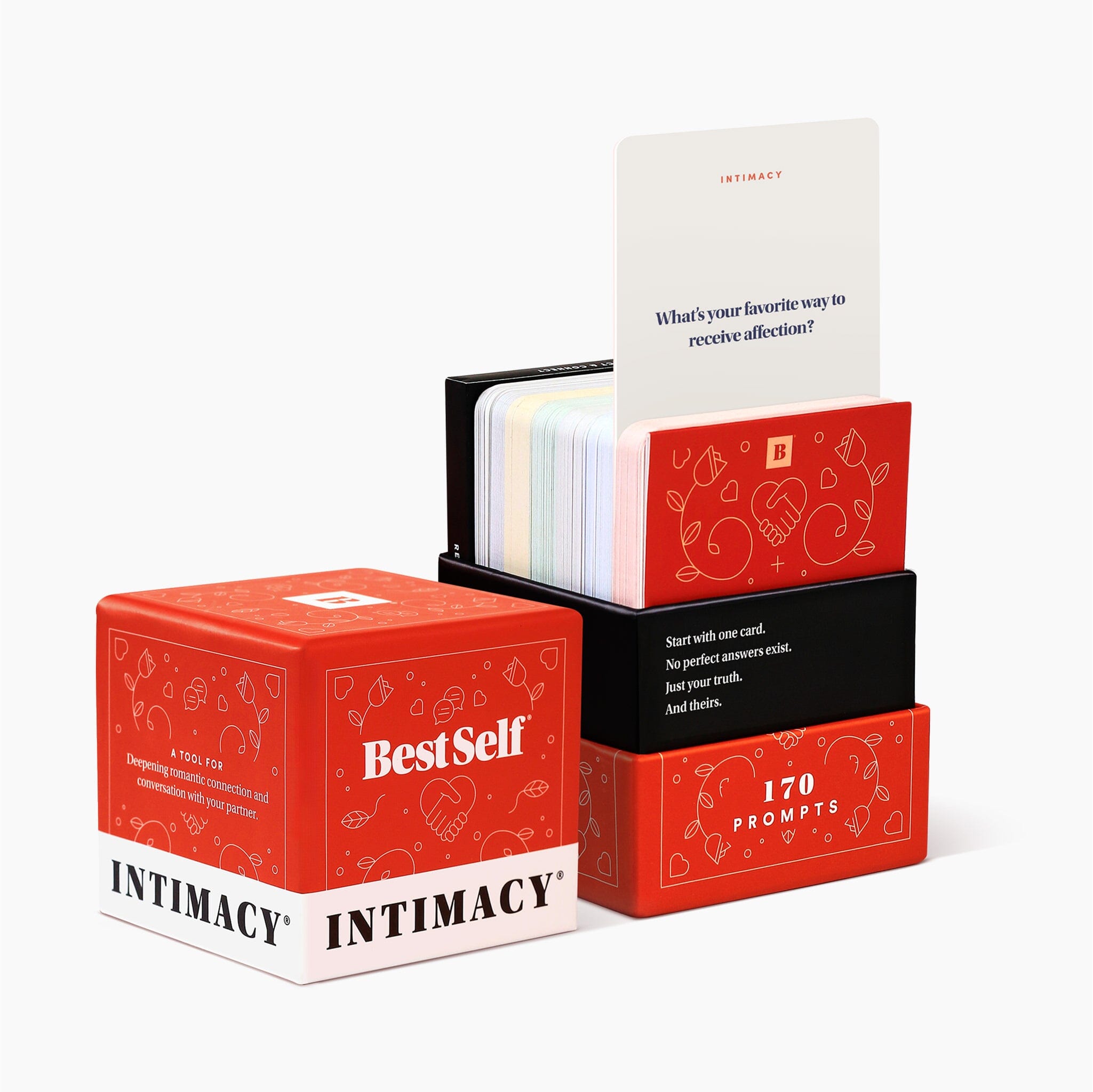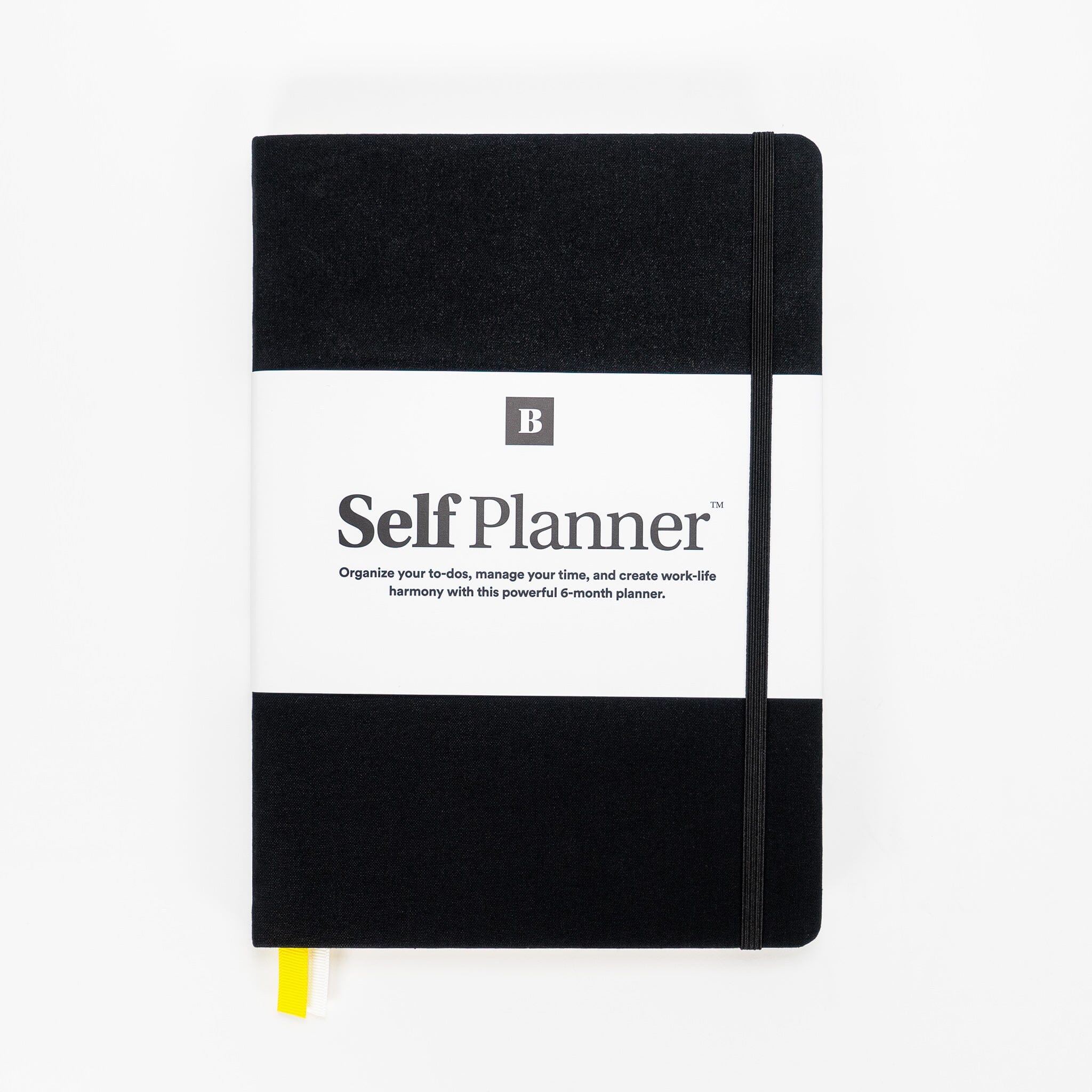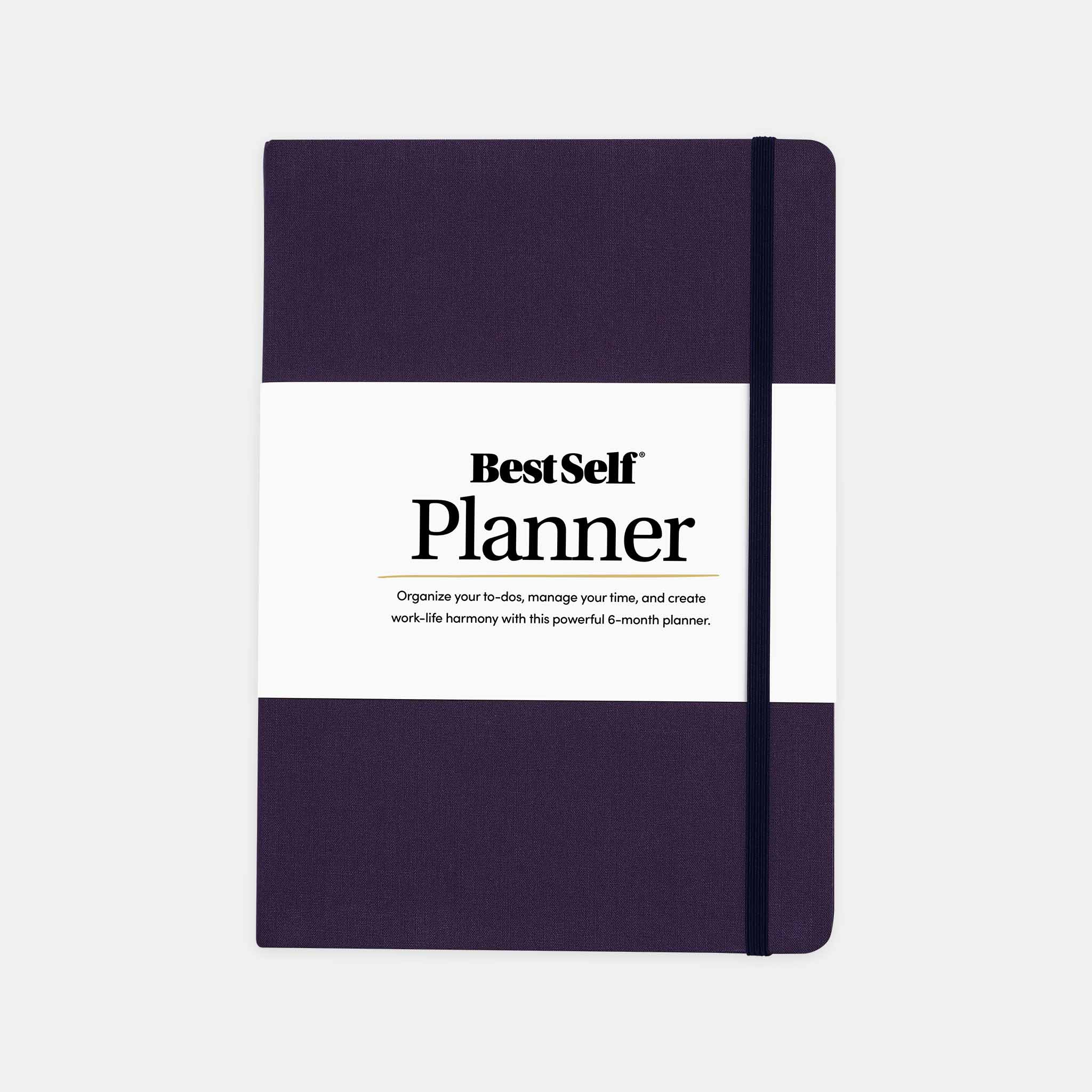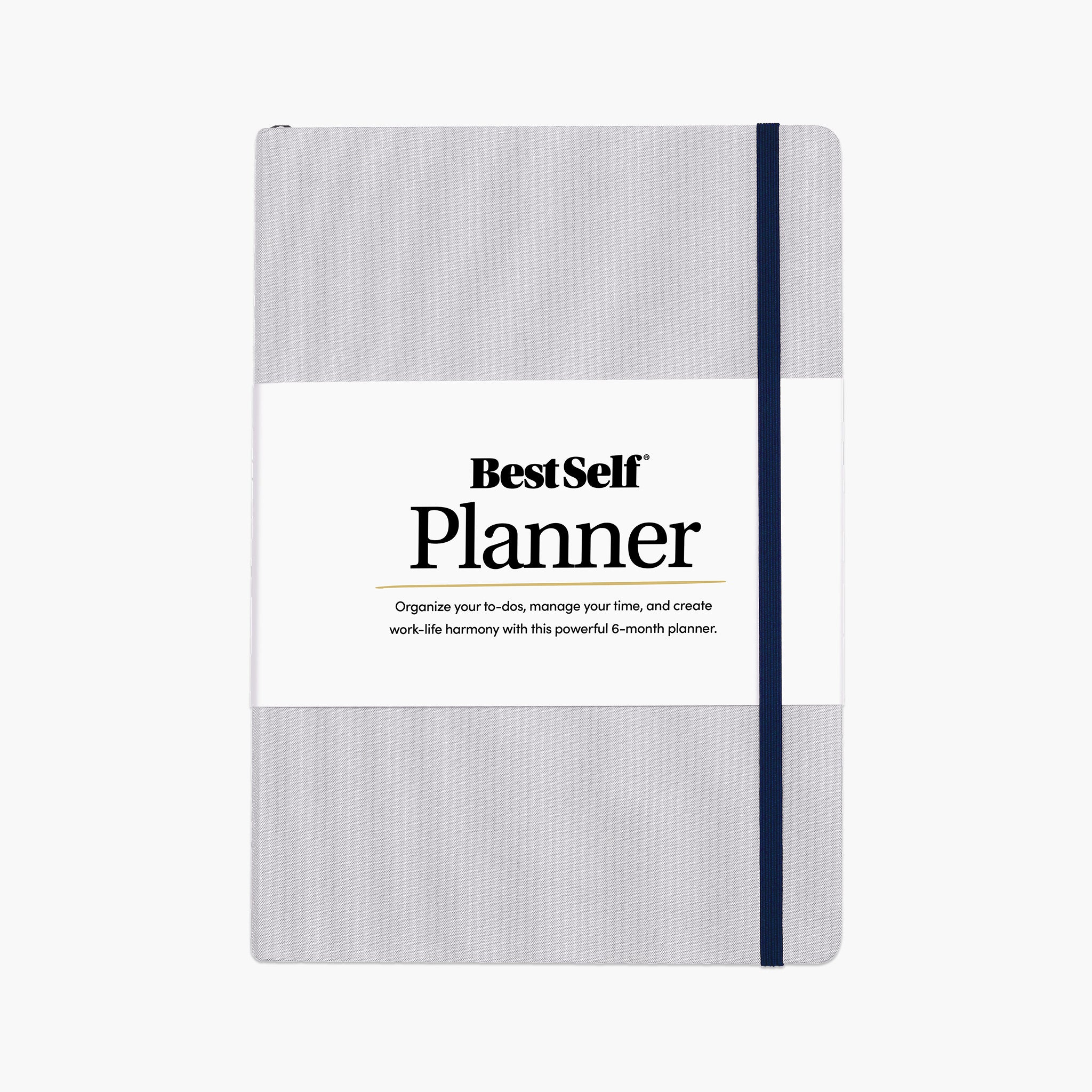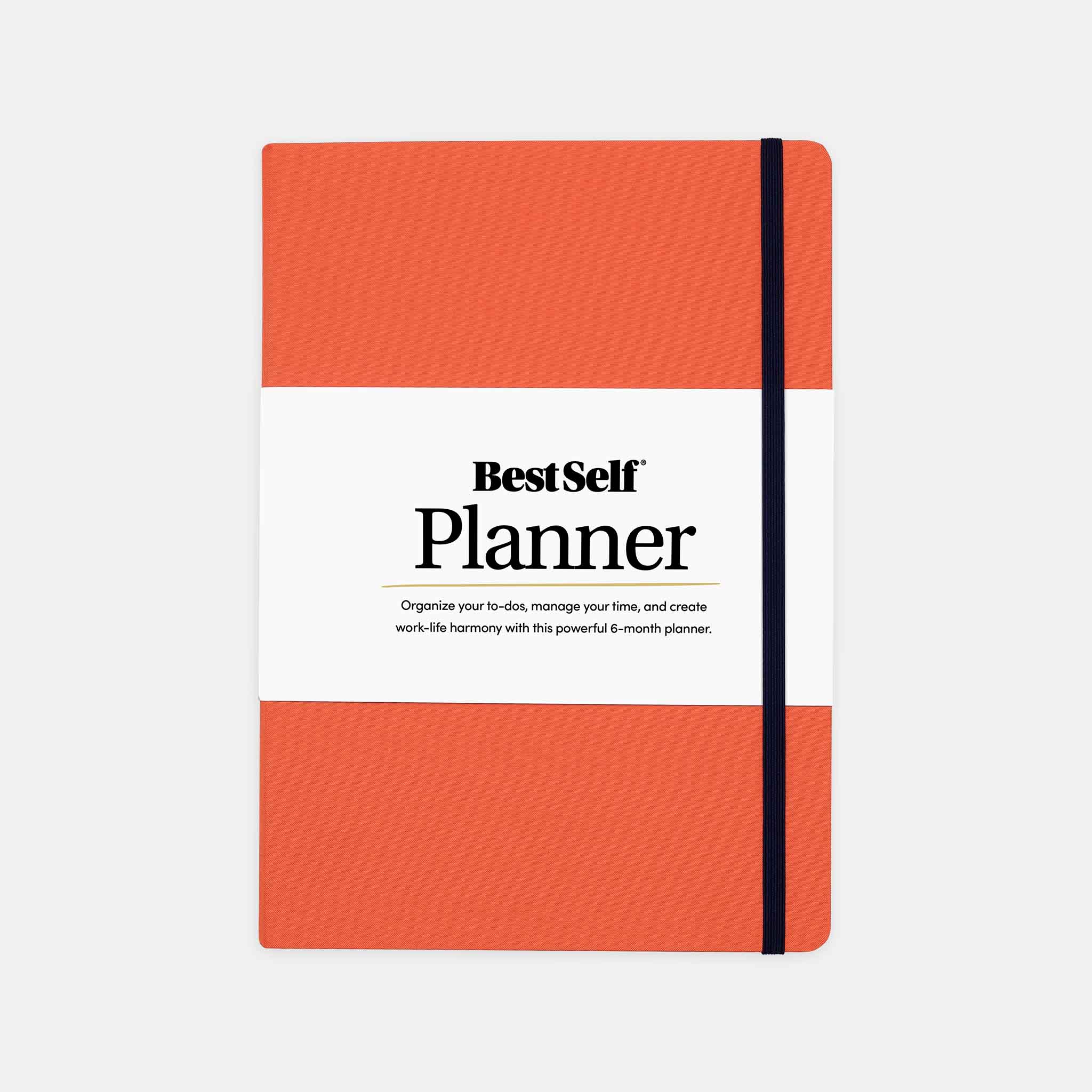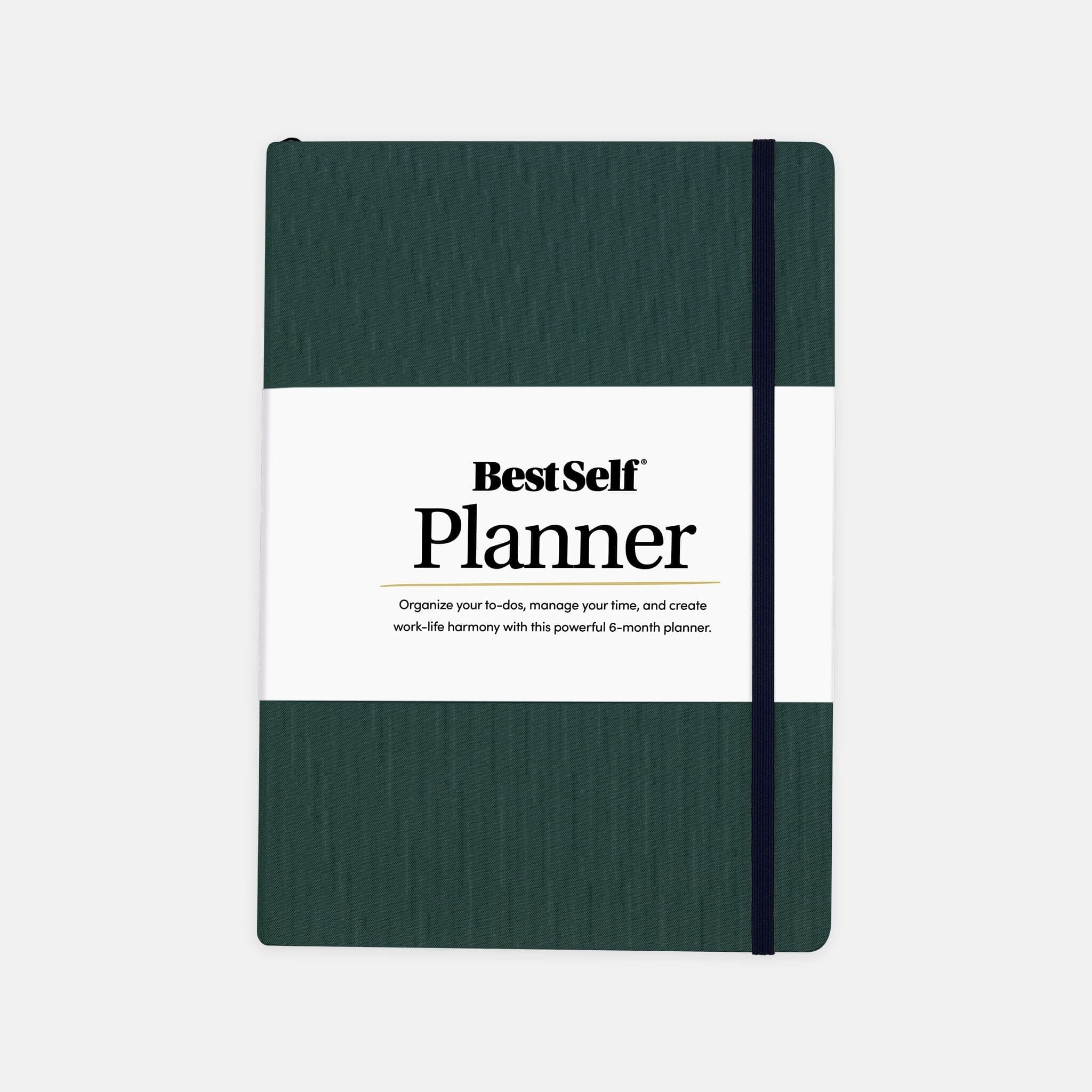Our lives have changed significantly in recent years. We’re still adapting and adjusting even while new challenges come onto the radar. Our collective experience begs the question, How do we navigate an ever-changing world experiencing so much chaos and confusion? How can we find calmness, inner peace, and a sense of groundedness when there’s so much uncertainty?
One possible solution is to practice the art of mindfulness. It’s affordable, accessible, and can be practiced in multiple ways to suit what works best for you.
Let me explain…
What is mindfulness?
According to mindfulness.org, mindfulness is “the basic human ability to be fully present, aware of where we are and what we’re doing, and not overly reactive or overwhelmed by what’s going on around us.”
Some benefits of mindfulness include:
• Reducing stress and anxiety.
• Elongating our concentration spans.
• Increasing self-awareness.
• Noticing more of what’s already present in life.
• Shifting your sense of perspective.
• Increasing your connection to your body (many people live in their heads)
We all have the innate ability to focus our attention, presence, and consciousness in the present moment. The challenge is we’re so used to being conditioned out of this state! Factors such as distractions, interruptions, to-do lists, and routines help keep us in a state of unawareness where we’re so wrapped up in what needs to get done rather than noticing the here and now.
The good news is there are simple things we can explore to infuse more mindful ways of being into everyday living. Here are three simple practices to try.
1. Meditation.
Meditation empowers you to get out of your head and into your body and the present moment. As a practice, meditation is a technique that can lead to a heightened state of awareness and a more focused mind.
Meditation can also increase your connection with your body and your sense of presence in time and space because it encourages you to focus on your breathing.
There are many ways to meditate. You can sit quietly and focus on your breath or be guided into a meditative state by a visualization. You don’t need to spend hours sitting in a lotus position to feel the benefits of meditation. Here’s a FREE series of 30 10-minute mindfulness meditations. What changes could you experience in a month?
2. Mindfulness journaling.
Journaling has a way of tethering you to the present moment, which is why it’s such a powerful mindfulness tool. Most of us can’t write as fast as we think. In this way, journaling is a simple way to slow everything down. Instead of thoughts racing around your head (often creating overwhelm or mental chaos), journaling gives you the space to crystalize your thinking.
When you journal what’s present, you put shape to the intangible meanderings of your mind. Journaling is cathartic because it provides an outlet for release.
As you find the words that best describe and articulate your experience in the moment, you unlock more clarity.
You can also use mindfulness journaling as a tool to guide your mind to focus more fully on the magic of the present moment. Questions can help with this practice. Here are some to try.
- Look around you and list/describe what you notice through your five senses.
- What are you hanging onto in this moment that’s ready to be released?
- How does it feel to be you in this moment.
- What can you be grateful for right now?
- What’s the most palpable aspect of your experience in this moment?
[For more insights about journaling as a tool for unlocking your best self, check out the Writing Your Best Self podcast.]
3. Mindfulness coloring.
Coloring is fun and a great way to reconnect with your inner child, but did you know it has therapeutic benefits too? Yes! Coloring is a mindfulness practice that offers multiple benefits to children and adults alike!
Coloring is proven to lower stress and anxiety and help lift your mood. It’s an activity that also delivers satisfaction when you’re complete. What’s more, if you’re coloring a pre-printed design, it’s easy to enjoy the pleasure of a well-done job.
Coloring also helps sharpen your focus and concentration. As an activity, it also helps you deactivate a busy, cluttered mind, pulling you deeper into the present moment.
These mandalas for adults are a great way to start a coloring routine that brings more mindfulness into your everyday life.
Start your mindfulness practices today!
With so many benefits on offer, how will you integrate more mindfulness into everyday living? The three techniques revealed in this article are great places to start. So carve out some time in your busy schedule and allow yourself to experience the many benefits of feeling more present.
